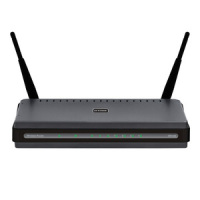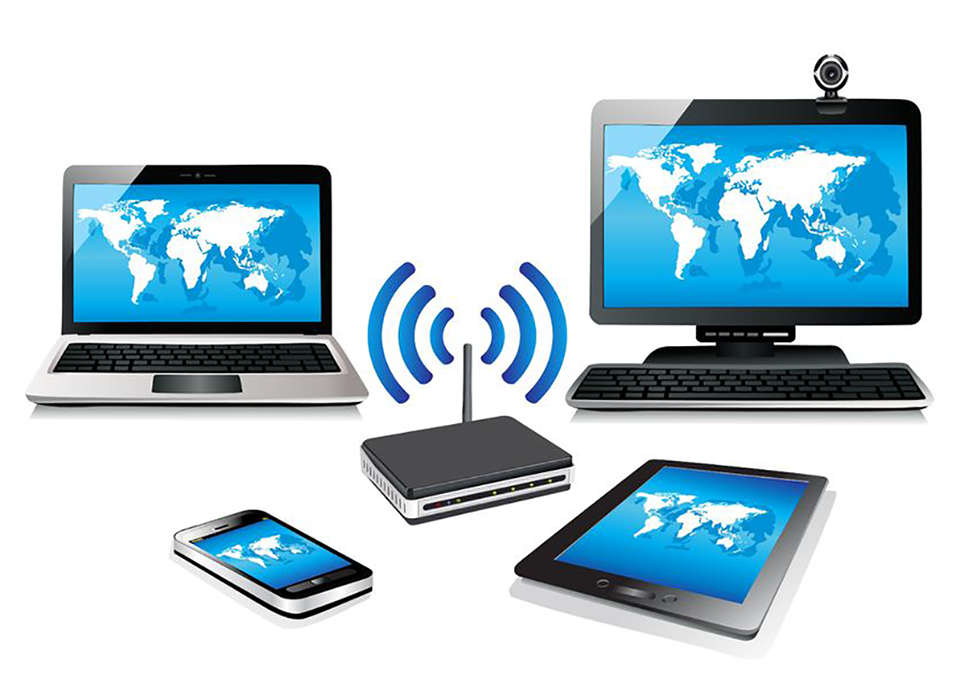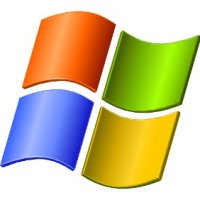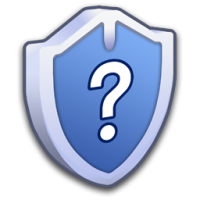In some of my posts regarding securing a wireless router, I am occasionally asked about solving the following error message:
The settings saved on this computer do not match the requirements of the network.
While I haven’t experienced this error, a quick search online has revealed that it can be a common error to receive when connecting to a wireless network. When solving errors that you receive after making changes, it is important to understand what changes you have made, and how they would affect your wireless connection. While everyone’s wireless network configuration may be different, let’s look at the possible changes that could cause the above error.
Computer Settings Don’t Match the Wireless Network.
There are many settings that you can change within your wireless router. Most routers contain the same settings, such as security type, and encryption algorithm, and it is important that when you change these settings that you also change them within your operating system.
When changing the settings on your wireless network, you must ensure that the settings in your router match those in your operating system. As I mentioned above, all wireless networks will have different settings, but the following list are some settings that you should ensure match between your operating system and your network:
- Ensure that the DHCP settings match. Most home networks would have this set to automatic.
- The security type (WEP, WPA, WPA2) is set properly. For most home users the WPA/WPA2 type will probably be set to “Personal.”
- The encryption algorithm (AES, TKIP) is set properly. Like the security type, this setting can be found within your router.
- The passphrase associated with your wireless network was entered properly in your operating system when connecting to your network.
The above list probably contains the most common settings that could cause an issue when attempting to connect to your wireless network. Ensuring that the settings defined within your wireless router match the network settings defined within the operating system will ensure that you don’t have any connectivity issues.







